New Bicycle Safety Law Puts Bicyclists in Drivers Seat on Roadways in CT
/With the July 4th weekend now in the rear view mirror, summer is fully underway. And for bicyclists and motorists this summer, there are some important new rules of the road, courtesy of the Connecticut state legislature.
Changes to Connecticut's laws for cyclists took effect at the start of the month on July 1, 2015. The Bicycle Safety bill (Senate Bill 502 and now Public Act 15-41) was passed in May with broad bipartisan support and signed into law on June 1. The new law eliminates the confusing--and often unsafe--rule requiring cyclists to ride as far to the right as practicable, according to officials of the Bike Walk Connecticut, the statewide advocacy organization.
Instead, the law now requires cyclists to ride as close to the right side of the road as is safe, as judged by the cyclist. Bike Walk Connecticut specifically advocated for that language, which is modeled on a best practice from Colorado as identified by the League of American Bicyclists.
Officials say that with the new law now in effect, cyclists don't have to ride as close to the right side of the road when:
- Overtaking or passing another vehicle proceeding in the same direction;
- Preparing for a left turn at an intersection or into a private road or driveway;
- Reasonably necessary to avoid conditions, including, but not limited to, fixed or moving objects, parked or moving vehicles, bicycles, pedestrians, animals, surface hazards or lanes that are too narrow for a bicycle and a motor vehicle to travel safely side by side within such lanes;
- Approaching an intersection where right turns are permitted and there is a dedicated right turn lane, in which case a bicyclist may ride on the left-hand side of such dedicated lane, even if the bicyclist does not intend to turn right;

- Riding on a roadway designated for one-way traffic, when the bicyclist may ride as near to the left-hand curb or edge of such roadway as judged safe by the bicyclist; or when
- Riding on parts of roadways separated for the exclusive use of bicycles, including, but not limited to, contra-flow bicycle lanes, left-handed cycle tracks or bicycle lanes on one-way streets and two-way cycle tracks or bicycle lanes.
The new law also allows two-way bicycle lanes, buffered bike lanes, and cycle tracks to be designed in Connecticut and allows drivers to cross the double yellow line to pass slower-moving cyclists and other road users when it's safe to do so.
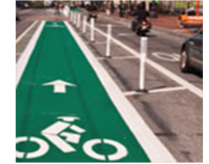 Later this month, Bike Walk CT is offering the League of American Bicyclist-designed Traffic Skills 101 program, a comprehensive day long course to give cyclists the skills, knowledge and confidence to handle on-road cycling.
Later this month, Bike Walk CT is offering the League of American Bicyclist-designed Traffic Skills 101 program, a comprehensive day long course to give cyclists the skills, knowledge and confidence to handle on-road cycling.
Federal statistics indicate 722 bicyclist deaths occurred in 2012, up 6 percent from 2011 and 16 percent from 2010. On a per capita basis, Florida recorded an annual average of about 5.7 cyclist deaths per million residents, by far the most of any state. The national bicyclist death rate for 2012 was approximately 2.3 deaths per 1 million. In Connecticut, the rate was 1.8, ranking the state 18th in the nation.
The program this month will be offered in West Hartford; with the cost of the one-day program $50 for Bike Walk CT members and $65 for non-members. The curriculum includes approximately 4 hours in class and 4 hours outside, split between skill drills and an on-road ride. Among other things, participants will practice starting, stopping, shifting and scanning, learn how to ride in traffic, including proper lane and intersection positioning, and crash avoidance techniques.
Officials at Bike Walk CT note that bike lanes and greenways “aren’t just good for our health. Since transportation is the biggest contributor to greenhouse gases in Connecticut, active transportation—biking and walking—must be a key piece of our climate action plan. Bikeways are also an extremely cost-efficient way to manage traffic congestion. Bike lanes, sidewalks and greenways cost a fraction of what it costs to build and maintain roads. People tend to bike and walk more when they have the bike lanes, greenways and sidewalks.”
“Being bike-friendly isn’t just a ‘nice to have’ thing anymore,” observes Kelly Kennedy, Executive Director of Bike Walk Connecticut. “Being bike-friendly is now essential to competitiveness. In fact, not being bike-friendly is a competitive disadvantage. Connecticut's car-dependent lifestyle is not the lifestyle that millennials or the creative class have in mind. A well-designed active transportation network will help bring millennials and the creative class to Connecticut and keep them here, strengthening our economy.”



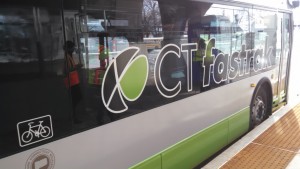 For the first time in the history of the awards program, a state agency was also selected to receive an award. The CT Department of Transportation received a special award for Starting a Revolution: Integration of Land Use and Transit in recognition of the progressive nature of CTfastrak, the bus rapid transit system opened earlier this year. The awards jury that selected the winners gave the award because they felt the new busway represents a cultural shift in how Connecticut views transit, and wanted to acknowledge the future promise of transit oriented development that will hopefully result around the station locations.
For the first time in the history of the awards program, a state agency was also selected to receive an award. The CT Department of Transportation received a special award for Starting a Revolution: Integration of Land Use and Transit in recognition of the progressive nature of CTfastrak, the bus rapid transit system opened earlier this year. The awards jury that selected the winners gave the award because they felt the new busway represents a cultural shift in how Connecticut views transit, and wanted to acknowledge the future promise of transit oriented development that will hopefully result around the station locations.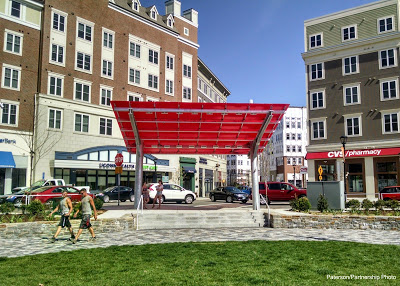



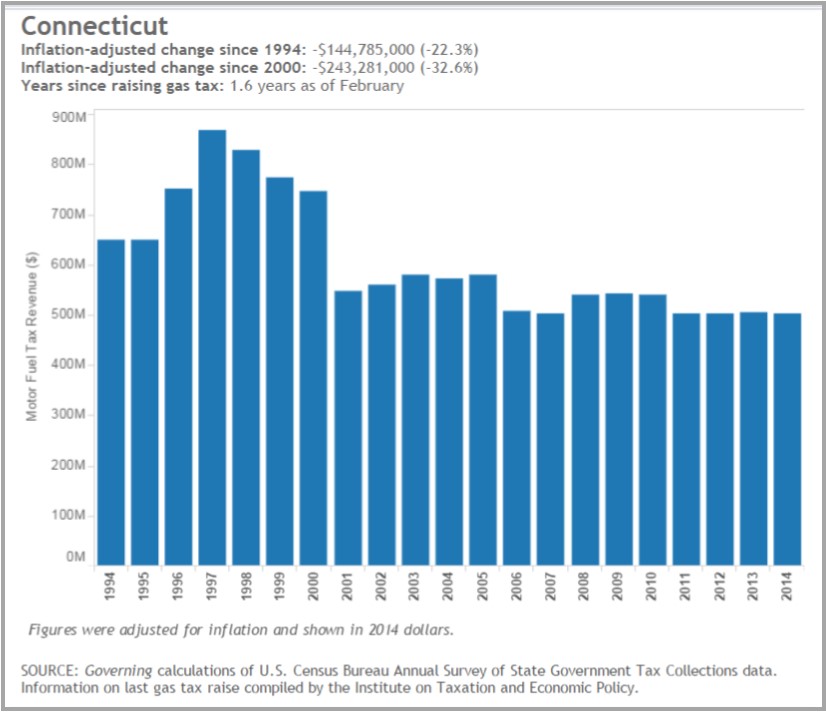 In Connecticut, the inflation-adjusted change is a reduction of in the value of the dollars provided by the tax of 32.6 percent since 2000 and 22.3 percent since 1994, according to the Governing analysis, using data from the U.S. Census Bureau and the Institute on Taxation and Economic Policy. Earlier this year, Governor Malloy announced a two-part transportation plan consisting of a
In Connecticut, the inflation-adjusted change is a reduction of in the value of the dollars provided by the tax of 32.6 percent since 2000 and 22.3 percent since 1994, according to the Governing analysis, using data from the U.S. Census Bureau and the Institute on Taxation and Economic Policy. Earlier this year, Governor Malloy announced a two-part transportation plan consisting of a 
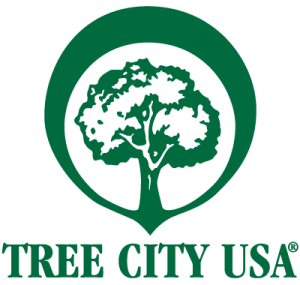
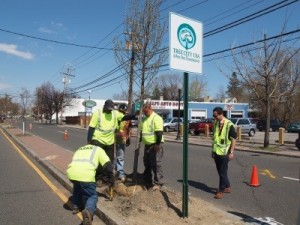 The Arbor Day Foundation also has a campus program, designating colleges and universities as a Tree Campus USA. The University of Connecticut is the only college in Connecticut to earn the designation.
The Arbor Day Foundation also has a campus program, designating colleges and universities as a Tree Campus USA. The University of Connecticut is the only college in Connecticut to earn the designation.


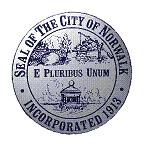

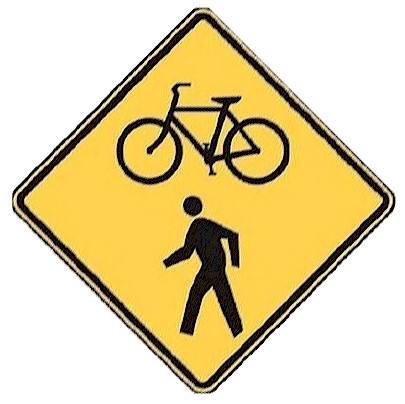
 motorized transportation networks and safety. Communities that routinely collect walking and biking data, they point out, are better positioned to track trends and prioritize investments.
motorized transportation networks and safety. Communities that routinely collect walking and biking data, they point out, are better positioned to track trends and prioritize investments.

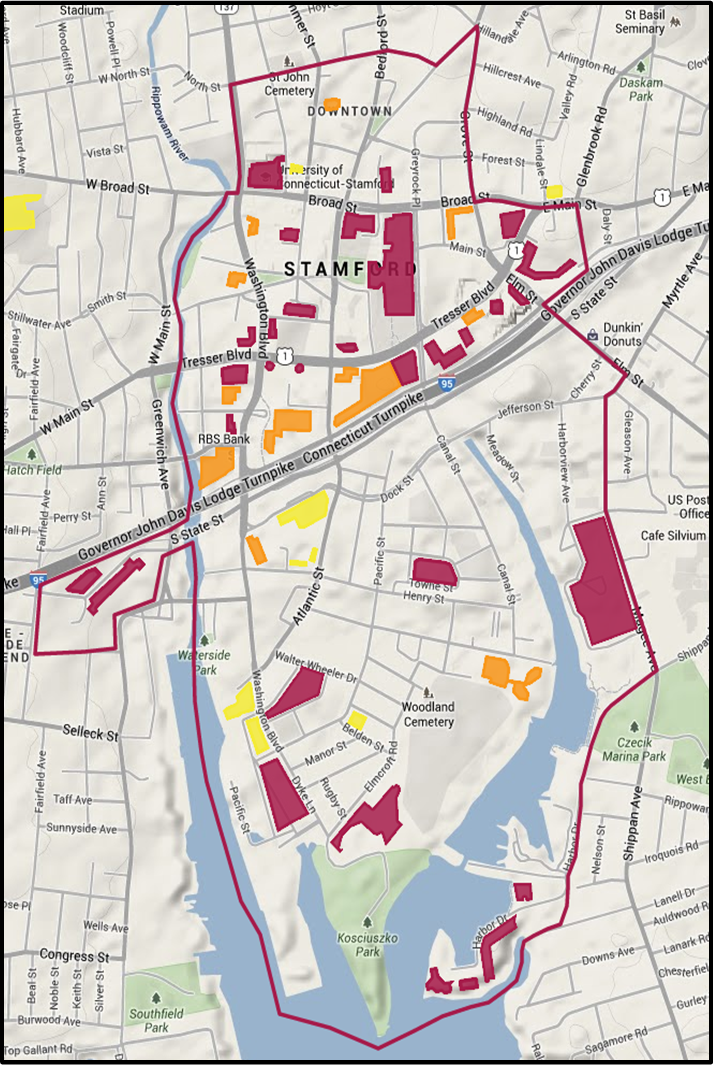 “These collective efforts will establish the Stamford 2030 District as an example of a financially viable, sustainability focused, multi-sector driven effort that maximizes profitability and prosperity for all involved. Through collaboration of diverse stakeholders, leveraging existing and developing new incentives and financing mechanisms, and creating and sharing joint resources, the Stamford 2030 District will prove the business case for healthy and high performing buildings.”
“These collective efforts will establish the Stamford 2030 District as an example of a financially viable, sustainability focused, multi-sector driven effort that maximizes profitability and prosperity for all involved. Through collaboration of diverse stakeholders, leveraging existing and developing new incentives and financing mechanisms, and creating and sharing joint resources, the Stamford 2030 District will prove the business case for healthy and high performing buildings.” Western Connecticut State University has the state's only meteorology program, which was run for many years by WTNH-TV meteorologist Dr. Mel Goldstein. The WCSU website is chock full of
Western Connecticut State University has the state's only meteorology program, which was run for many years by WTNH-TV meteorologist Dr. Mel Goldstein. The WCSU website is chock full of 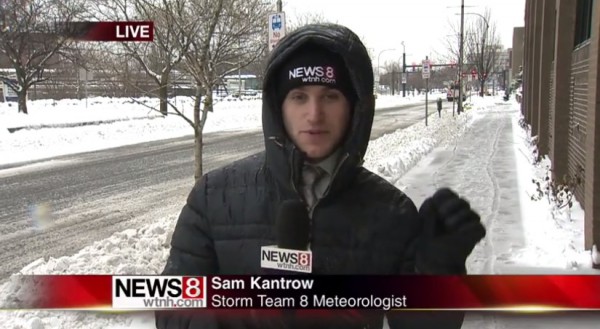
 . Students in the bachelor's program earn credits while performing TV/radio weathercasts or doing real-time forecasting for clients in the university's on-campus Weather Center, according to the WCSU website.
. Students in the bachelor's program earn credits while performing TV/radio weathercasts or doing real-time forecasting for clients in the university's on-campus Weather Center, according to the WCSU website.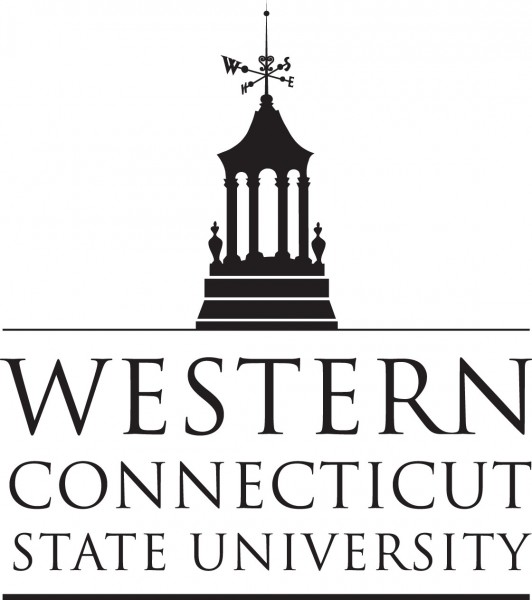
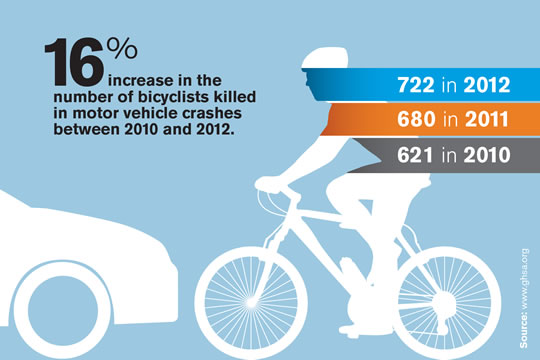
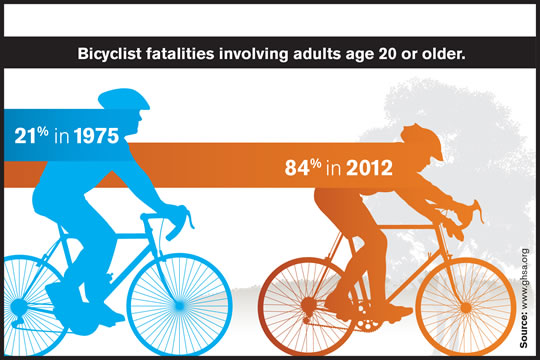
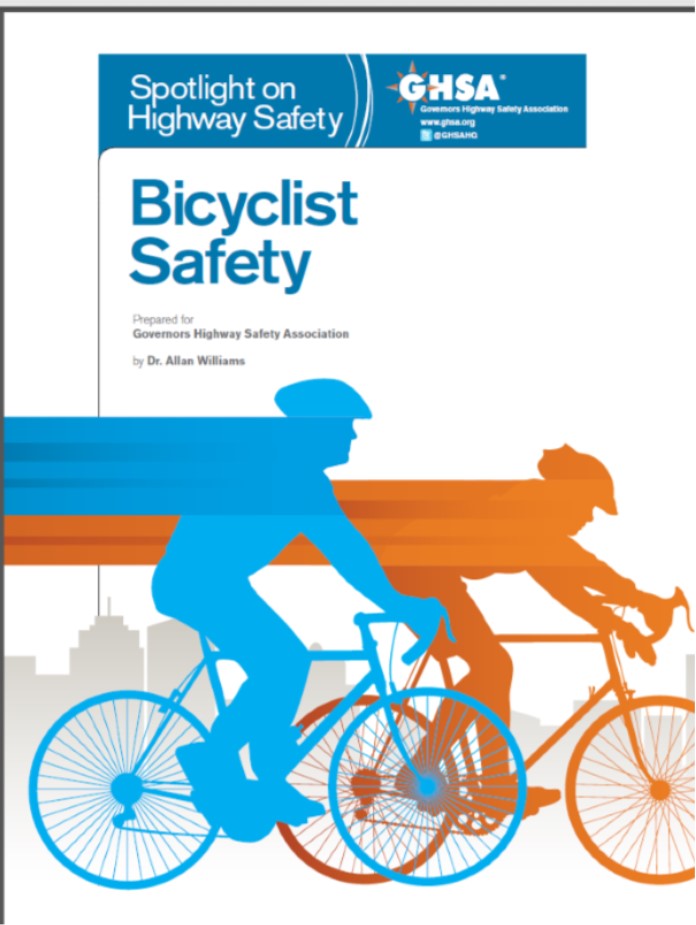 The new GHSA report indicated that in many states and urban areas, engineering measures are being adopted to accommodate bicycles on the road, “with the dual aim of protecting cyclists from collisions with motor vehicles, while encouraging cycling for its health and environmental benefits.”
The new GHSA report indicated that in many states and urban areas, engineering measures are being adopted to accommodate bicycles on the road, “with the dual aim of protecting cyclists from collisions with motor vehicles, while encouraging cycling for its health and environmental benefits.”


























